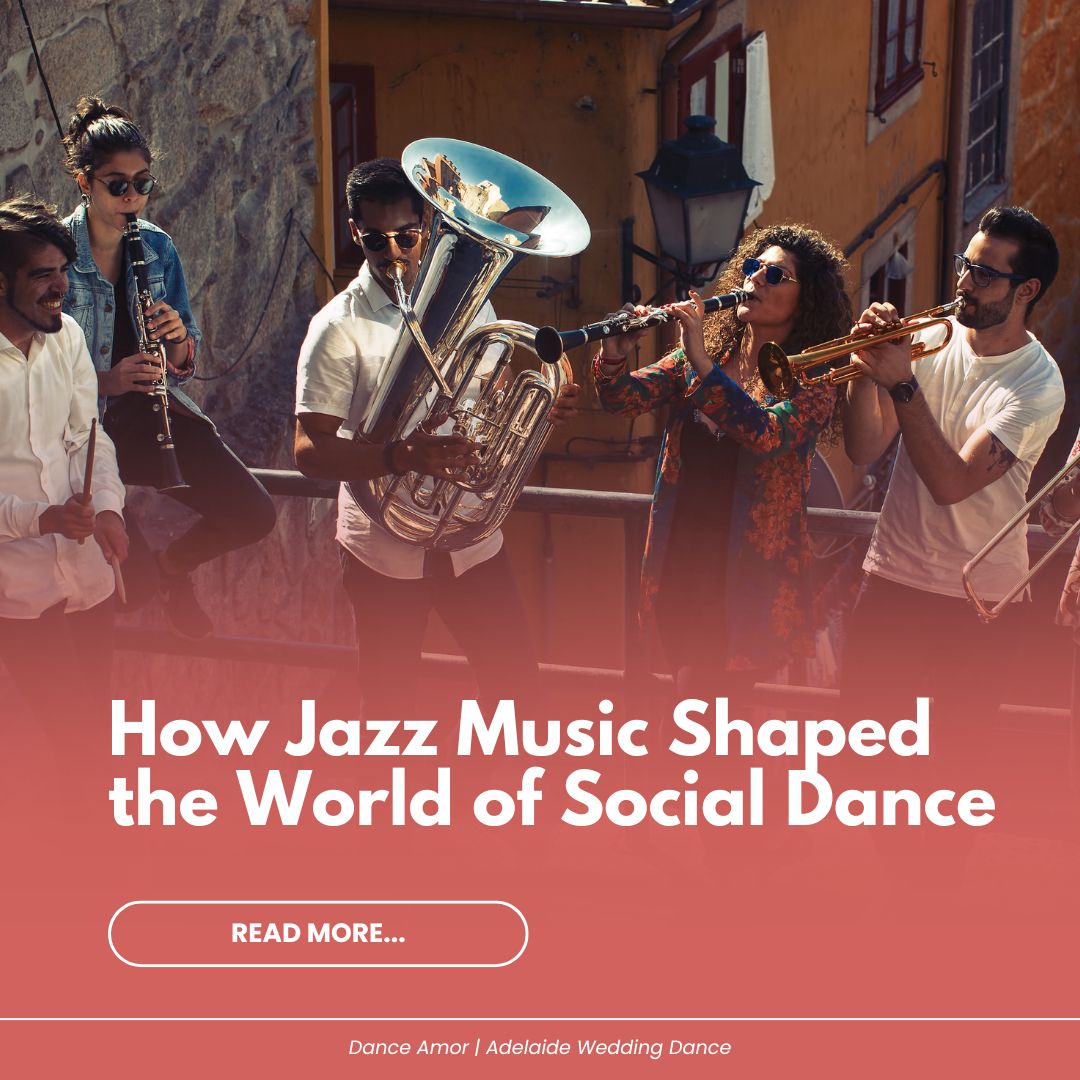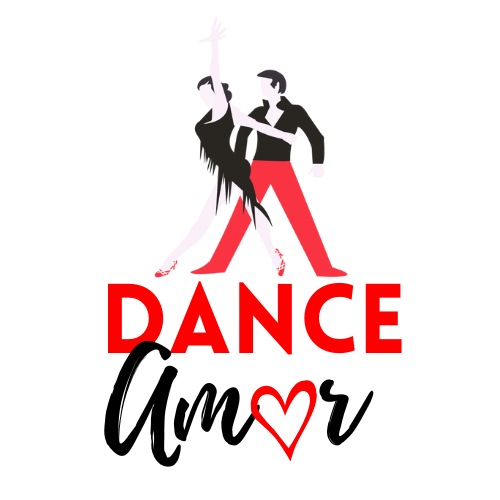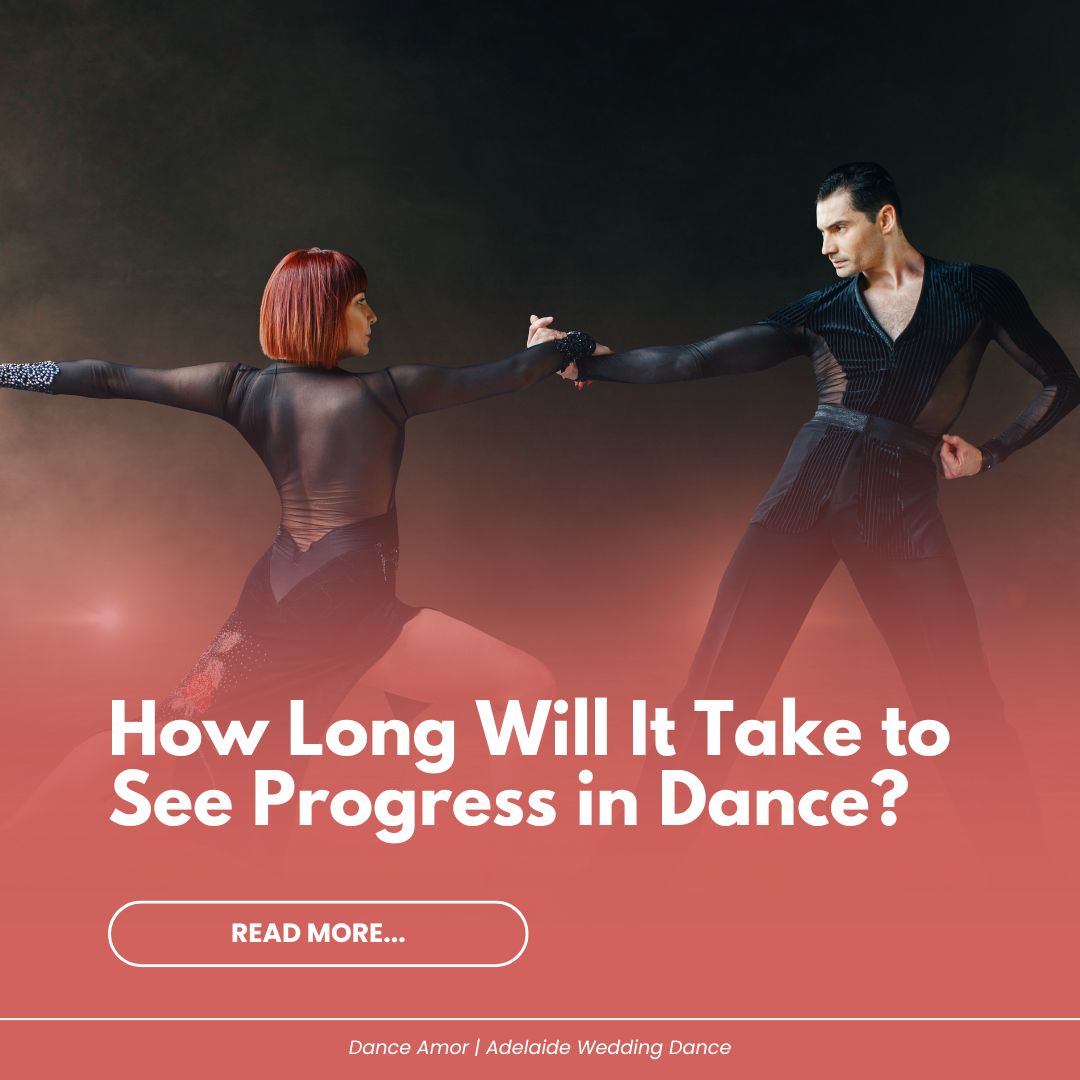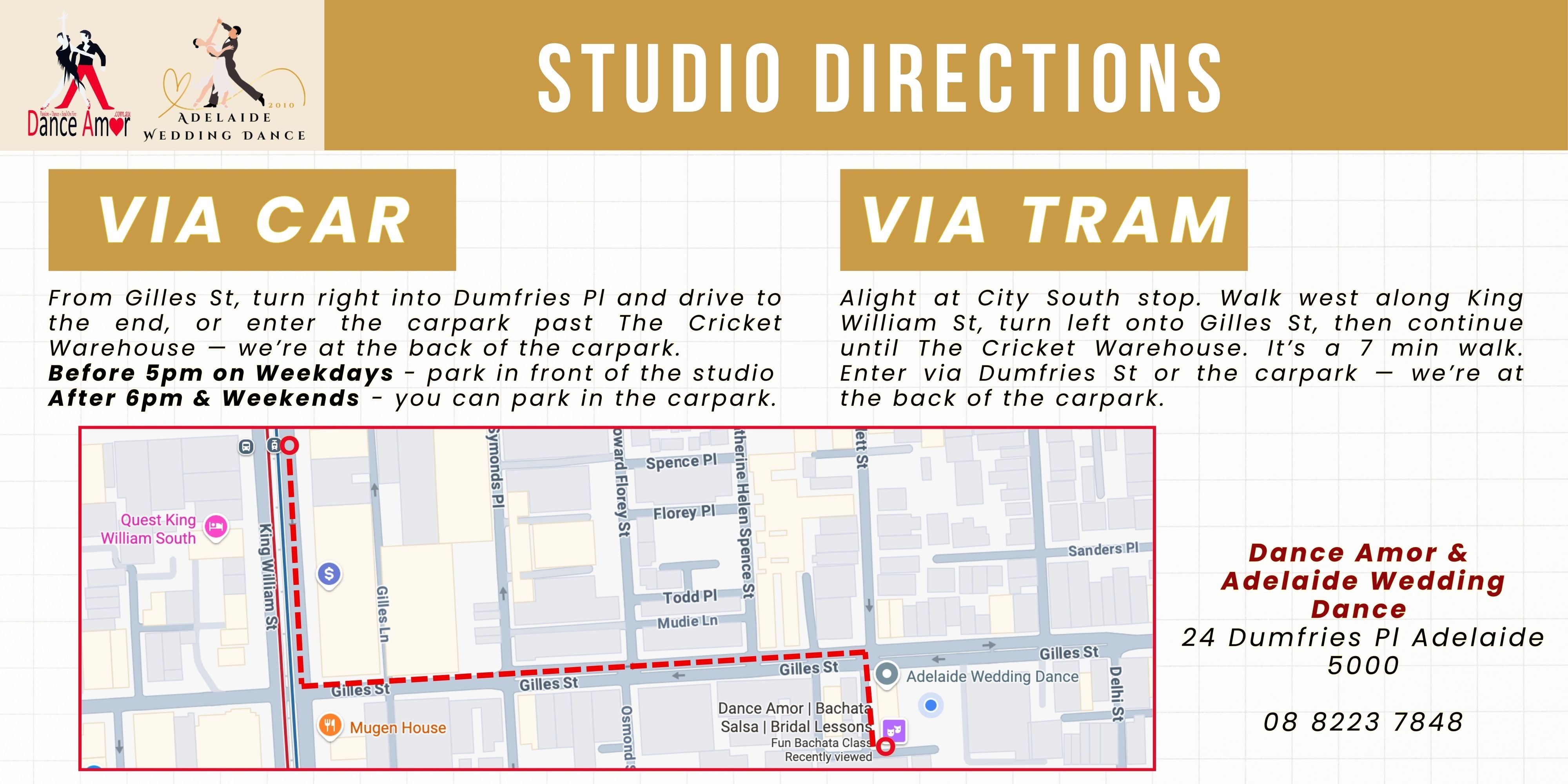
How Jazz Music Shaped the World of Social Dance
Introduction
Imagine walking into a packed Harlem ballroom in the 1920s. The air is thick with excitement as Duke Ellington's band hits the first notes of a swinging jazz tune. The crowd erupts, and the dance floor transforms into a vibrant sea of movement, with dancers performing intricate steps and daring lifts. This scene captures the essence of jazz music's profound impact on social dance, a relationship that has shaped dance styles, techniques, and cultural interactions across decades.
Jazz music has profoundly influenced the world of social dance. From the lively Charleston of the Roaring Twenties to the smooth grooves of modern jazz dance, the genre has left an indelible mark on how people express themselves on the dance floor. This influence is evident not only in the dance styles that emerged alongside jazz but also in the cultural exchanges and social connections fostered by this dynamic interplay.

The Birth of Jazz and Early Social Dance
Historical Context
In the early 20th century, jazz music emerged as a revolutionary sound that originated within African American communities. This new genre, characterized by its syncopated rhythms and improvisational style, was born from a blend of African rhythms, blues, ragtime, and European harmonic structures. It served not just as music but as a powerful form of cultural expression.
New Orleans, known for its iconic live jazz bars, played a pivotal role in the genre's early development. This vibrant port city was a melting pot of cultures, where African, Caribbean, and European musical traditions converged. Legendary musicians like Louis Armstrong and Jelly Roll Morton began their careers in New Orleans, crafting the early sounds of jazz in its bustling streets and lively clubs.
As jazz gained popularity, it traveled up the Mississippi River to Chicago, where the music scene thrived during the Great Migration. African Americans moved north in search of better opportunities, bringing their rich musical heritage with them. Chicago's South Side became a hotspot for jazz, with venues like the Savoy Ballroom and the Sunset Cafe hosting legendary performances. This era saw the rise of influential artists such as King Oliver and Earl Hines, who helped to refine and popularize jazz.
Harlem, New York, became another critical center for jazz, especially during the Harlem Renaissance. This cultural movement of the 1920s and 1930s celebrated African American cultural achievements and produced an explosion of artistic creativity. The syncopated rhythms and expressive melodies of jazz music resonated deeply, fostering a sense of identity and community among African Americans.
The Harlem Renaissance and the Golden Age of Swing
Cultural Explosion
The Harlem Renaissance of the 1920s and 1930s marked a period of extraordinary cultural and artistic growth, centered in the Harlem neighborhood of New York City. This era was characterized by a flourishing of African American arts, literature, and music, with jazz at the heart of this cultural explosion. Notable jazz musicians such as Duke Ellington and Louis Armstrong became household names, captivating audiences with their innovative sounds and electrifying performances. Ellington's sophisticated compositions and Armstrong's virtuosic trumpet playing not only defined the era but also set the stage for the future of jazz music.
Swing Dance Phenomenon
During this time, swing dance, particularly the Lindy Hop, became a cultural sensation. The Lindy Hop, with its energetic and acrobatic style, captured the spirit of the age and became immensely popular in dance halls across America. The Savoy Ballroom in Harlem was one of the most iconic venues of this era. Known for its "no discrimination" policy, the Savoy welcomed dancers of all races, creating a vibrant and inclusive space where swing dance thrived. Dance competitions, or "jitterbug contests," were a staple of the Savoy and other venues, drawing crowds who marveled at the dancers' athleticism and creativity.

Impact on Society
The dances of the Harlem Renaissance, particularly the Lindy Hop, played a crucial role in breaking down racial barriers and fostering social integration. These dances brought together people of different backgrounds, united by their love of music and movement. The inclusive nature of venues like the Savoy Ballroom allowed for an unprecedented level of interracial interaction, challenging the segregated norms of the time. This cultural exchange not only enriched the art form but also paved the way for greater social acceptance and understanding.
Evolution of Jazz Dance Styles
Broadway and Hollywood Influence
Jazz dance found a new stage in Broadway shows and Hollywood films, where it was adapted to fit the grandiose, theatrical settings of these entertainment mediums. This adaptation brought jazz dance into the mainstream, introducing it to broader audiences and solidifying its place in American culture.
Key figures in this transition include Bob Fosse, whose choreographic style became nearly synonymous with jazz dance. Fosse's work is characterized by its distinct movements, such as turned-in knees, jazz hands, and isolated body parts, creating a unique and recognizable aesthetic. His influence extended through numerous iconic productions, leaving a lasting impact on the genre. Choreographers like Jerome Robbins and Gene Kelly also played pivotal roles, blending jazz dance with other forms to create memorable performances that continue to inspire dancers today.
Contemporary Jazz Dance
Jazz dance has not remained static; it continues to evolve, embracing elements from various dance forms while maintaining its improvisational spirit. Contemporary jazz dance incorporates influences from ballet, modern dance, hip-hop, and even street dance, resulting in a dynamic and versatile style. This evolution allows jazz dance to remain relevant and exciting, attracting new generations of dancers and choreographers.
The improvisational nature of jazz dance ensures that it stays fresh and innovative. Dancers are encouraged to bring their own flair to the movements, which keeps the style personal and expressive. Contemporary jazz dance classes often feature a mix of traditional techniques and modern interpretations, providing a comprehensive understanding of the genre's rich history and its current trends. This blend of old and new helps jazz dance remain a vibrant and integral part of the dance world.
In summary, jazz dance's journey from the streets to Broadway and Hollywood, and its ongoing evolution in contemporary dance, showcases its versatility and enduring appeal. Influential figures like Bob Fosse have shaped its style, while the genre's adaptability ensures it continues to thrive and inspire.
Modern-Day Jazz and Social Dance
Today, jazz music and dance continue to thrive, celebrated in a variety of contemporary social dance settings. Jazz festivals, such as the New Orleans Jazz & Heritage Festival and the Montreal International Jazz Festival, draw enthusiasts from around the world, showcasing the genre's enduring appeal. These events offer live performances, dance workshops, and social dances, creating vibrant spaces where jazz culture can be experienced firsthand.
Dance studios and community centers also play a crucial role in keeping the jazz dance tradition alive. Studios offer classes that range from beginner to advanced levels, often blending traditional jazz techniques with modern influences. Events like "Jazz Roots Dance Intensive" and "Tap City" in New York City highlight the dynamic nature of jazz dance, featuring master classes and performances by renowned dancers and choreographers





